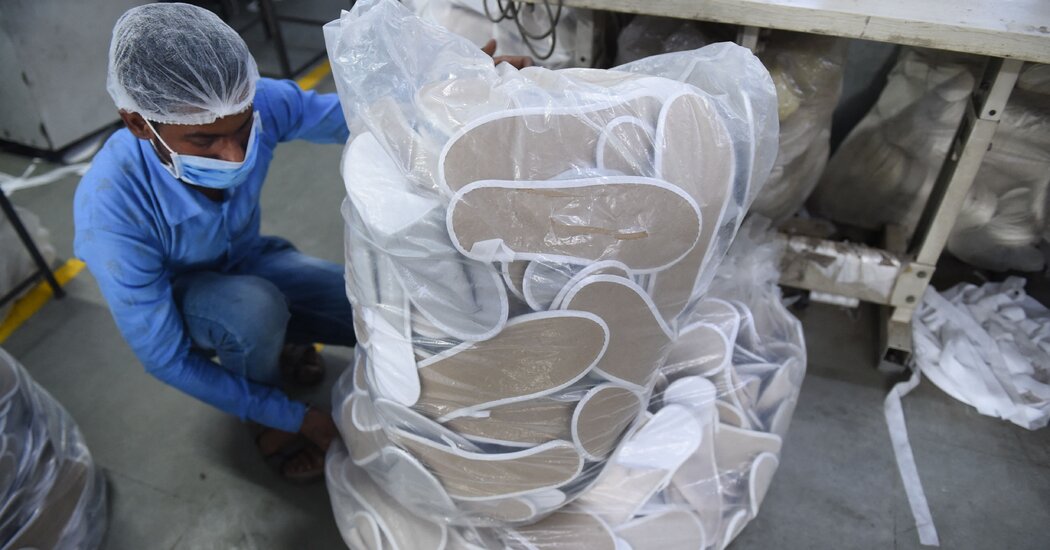
In November, managers at the Arenas del Mar resort near Manuel Antonio National Park in Costa Rica, challenged employees to come up with ways to operate more sustainably. The maintenance crew suggested electric locks on guest room doors. The food and beverage department proposed making jams from fruit peels. And the housekeepers advised: Ditch the slippers.
“It didn’t make sense because you use them once and throw them out,” said Hans Pfister, the president and co-founder of Cayuga Collection, the hotel group that manages the resort, which took housekeeping’s advice. “It’s very wasteful.”
Like plastic straws and mini bottles of shampoo, disposable slippers — flimsy models usually made of plastic and fabric, and often found bedside at turndown or bagged in hotel closets — are the next single-use item in the cross hairs of sustainability activists.
“Anything single-use is problematic,” wrote Willy Legrand, a sustainable hospitality expert and a professor at the IU International University of Applied Sciences in Bad Honnef, Germany, in an email. He cited the large footprint of a small slipper once you factor in production, shipping and waste. Single-use slippers, he said, “feel out of place and out of touch.”
Nina Boys, the vice president of sustainability for Beyond Green, a group of hotels vetted for their sustainability practices, called slippers “low-hanging fruit” in the fight against plastic.
Slippers as status symbols
While plastic straws can be easily replaced with paper versions and small shampoo bottles by larger dispensers, subbing for slippers is more complicated based not just on materials but cultural expectations and perceptions of luxury.





